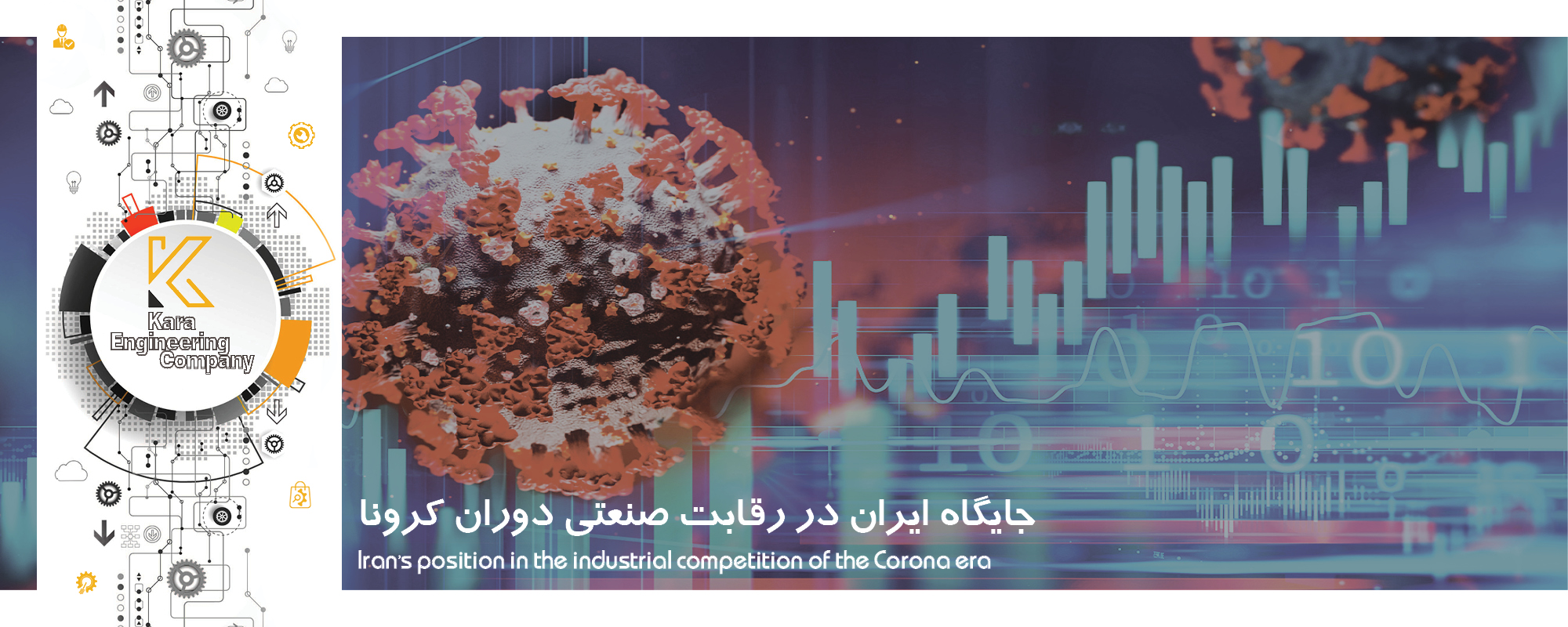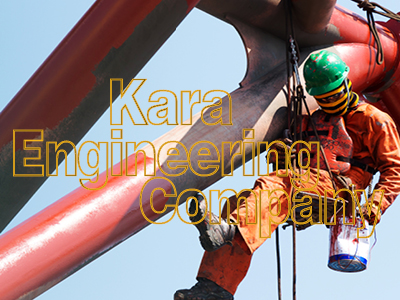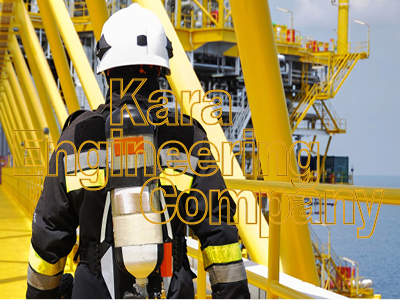
According to the economic world, statistics show that countries and regions that experienced a high level of industrial competitiveness in 2018 had a better and faster transition from the crisis caused by the pandemic. In its latest report, the United Nations Industrial Development Organization (UNIDO) examined the CIP index, which is a scale for rating "industrial competitiveness performance", and examined the consequences of the pandemic on this global index.
According to the latest UNIDO report, European countries have a high capacity to produce and export manufactured goods, while East Asian countries are ahead in technology and have an outstanding impact on the world. On the other hand, African countries suffer from a significant trade deficit, which is a warning for the future of their economic growth.
Corona had heterogeneous effects on the industrial competitiveness of different countries, and in the meantime, the global chain and the flow of international trade were disrupted. The outbreak of this disease caused an increase in the demand for special manufactured products, including medical supplies, clothing and protective equipment, and the countries that were able to produce such products were able to show better and faster performance to contain the outbreaks of the epidemic. As a result, production and export capabilities have become a competitive advantage at the height of the pandemic. The CIP index shows that Europe and Asia, with their ability in this competitive advantage, occupy 8 of the top 10 countries in "Industrial Competitiveness Performance" and Germany is the top country in the world.
What is industrial competitiveness performance?
The pandemic has not only changed our perception of reality but also changed our behavior. On the other hand, a series of these changes have also affected businesses around the world. The question is how these changes have affected the industrial competitiveness of countries. Industrial competitiveness is a familiar but vague concept and its definition has always been difficult; Because in its essence, it is a relative concept. This means that industrial competitiveness is always understood in contrast and in comparison with another. Two indicators are compared in this concept: first, the economic performance of a country and the well-being of its citizens, and second, the country's export or trade performance.
The United Nations Industrial Development Organization defines CIP as the capacity of countries to increase their presence in international and domestic markets with value-added activities and technological content. According to this definition, improving industrial competitiveness requires two basic elements. First, expansion of production to create the capacity to be present in the markets, and second, increase the technological content. Increasing industrial competitiveness is the key to industrial development and is the main priority of the development programs of many countries in the world. However, industrial development is a concept beyond economic measurements, because its main goal is not only to improve the industrial production capacity of a country, but also to improve the living standards of its citizens.
The effect of Covid on industrial competitiveness
In an interconnected world where countless goods and services are moved between different parts of it every day, the economic performance of countries is also interconnected. This means that improving the performance of each country has a positive effect on the whole world; And of course, the opposite of this rule is also true. This reminds us that international trade is one of the main features of industrial competitiveness, and since trade is always profitable, it is not a zero-sum game. This principle is also true when the world is grappling with the pandemic caused by Covid-19. Countries with more production climb the technology ladder and increase their share in local and international markets. As a result, such countries show a higher level of industrial competitiveness. Since the world is still fighting the virus, it is not possible to speak accurately about its consequences and effects on industrial competitiveness.
According to the information published by the World Trade Organization (WTO), until the end of April 2020, more than 74 countries used trade barriers to protect their economy, which was manifested in the form of export bans and the application of certain controls. Although managing the health crisis was difficult for industrialized countries, this difficulty has been much greater for developing countries. This confirms the importance of production ability in the face of a pandemic. Preliminary data shows that despite an overall decline in global merchandise exports, especially in the second quarter of 2020, merchandise exports from industrialized countries have been higher than resource-based economies. Meanwhile, Asian countries were much less damaged than other economies; Their exports in the second quarter of 2020 experienced only a 10% decrease compared to the same time in 2019. The process of economic recovery was also faster in these countries, while the rest of the world was struggling with a 4% recession, these countries experienced a 2% growth in the third quarter of 2020. Although the consequences of the epidemic are not so clear, some possibilities can be guessed. According to the UNIDO report, there is a possibility that the production of some goods will be done at home and not outsourced to other countries. This idea is probably pursued by industrialized countries for goods that are defined as national interests.
The position of the countries of the world and Iran
According to the UNIDO report, Germany is by far the leader of the countries in the world in
terms of industrial competitiveness and has maintained this position since 2012. As an emerging economy, China has improved its fifth position in 2012 to second position in 2017.
On the other hand, the United States, which was embroiled in a trade war with China, has fallen from second place in 2012 to fourth place in 2017. Meanwhile, although Iran had improved its rank by 7 ranks between 2012 and 2018, it has fallen by two ranks between 2017 and 2018. In 2018, Iran is ranked 56th in terms of industrial competitiveness performance index and is defined as a developing country.
Iran also ranks eighth among the countries of South and Southeast Asia, and Singapore is the leader in this regional ranking. According to this report, in 2018, Iran ranks 90th in the world in terms of production and export capacity, 75th in the world in terms of technological content, and 41st in terms of global influence.
 Translate
Translate


